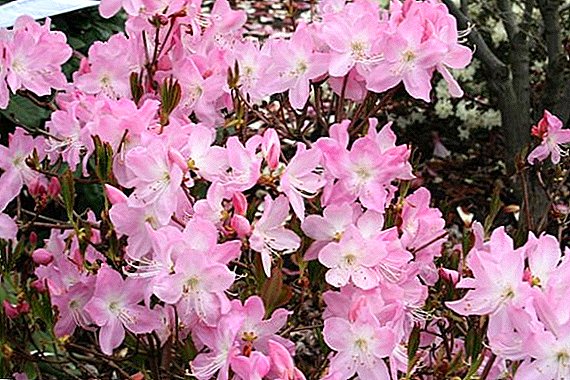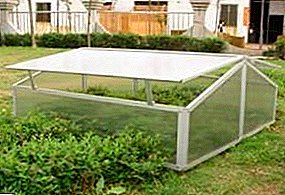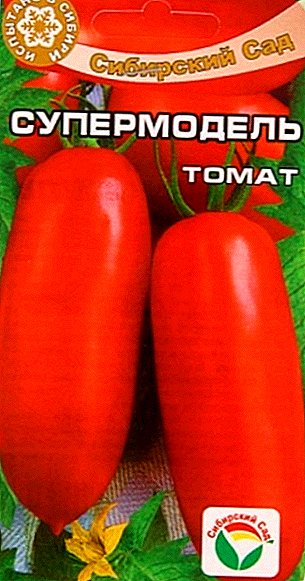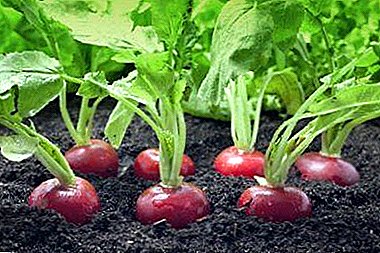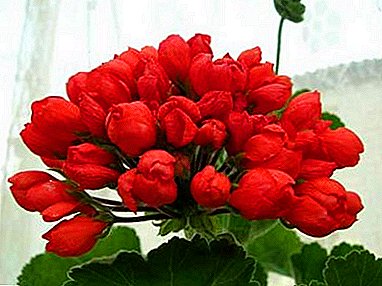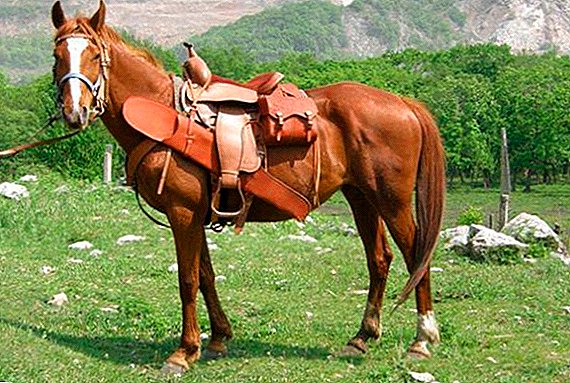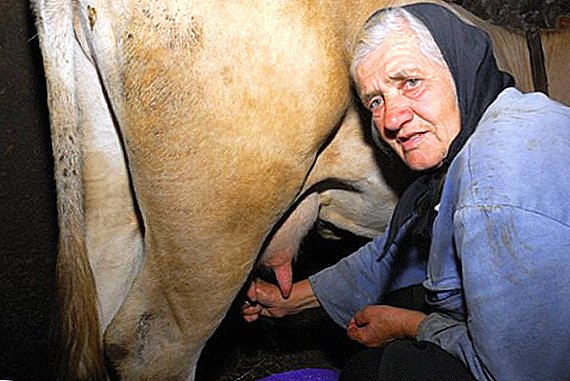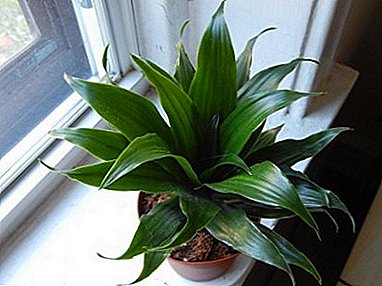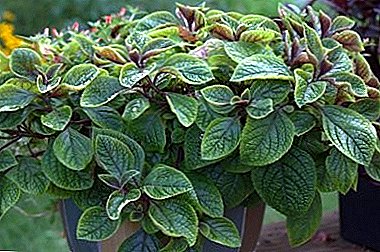
Plektrantus - these are a healing plant with wide application.
It can be used in cooking, medicine. In growing unpretentious.
Loves natural light, fertilizing, frequent watering. Rapidly rooted and multiplied.
Description
 Botanists and professional growers call Pleckranthus room peppermint.
Botanists and professional growers call Pleckranthus room peppermint.
Most of the subspecies of this plant refer to ampel. Their numerous stems do not exceed more than 35-45 cm in height.
Shoots have a large number of leaves. They are mostly emerald green.
Can be matte with a small double-faced and glossy - with a beautiful glow in the sun.
The leaves are bordered streaks with a characteristic pattern. Have jagged edges.
Flowers plants miniature. May be snow white, lilac or blue. They are collected in the glume or umbellate form.
Homeland plants
Coryphaean plant Hessayon DG does not cover the homeland of this miraculous plant. But in some sources there were references about the subtropical climate of South Africa.
The homeland of the ornamental bush is the sunny valley of the mountain and awesome river. Limpopo. In a shady area next to the confluence of other rivers, this wonderful plant grew.
After that, it was transported to Polynesia, Europe, India, China, and Japan. And even got to other continents - Australia and Mexico.
Types and photos of all varieties
There are several types of Plectrantus:
Fragrant
P.amboinicus is perennial. The plant is very sprawling and branching. In height reaches more than 2 meters. On the trunk of the bush are small villi. Branches with four facets of emerald or lilac shade.
The leaves are very large, oval-shaped. At the top of the perennial have a dull shape. Near the base of the root system - oval or in the form of a heart. In the middle of the branches are glandular, endowed with a beautiful purple hue.
Petioles and calyx fleecy. Flowers have pleasant delicate aroma. In length reach 6-14 mm. Inflorescences consist of one or three small curls. They are tightly assembled in 2-8 whorls. The nimbus in the form of a cone is located at the base. It has a blue tint with small specks.
Photos subspecies Aromatic:


Coleuriform
P.coleoides has straight stems. This subspecies the biggest leaves. They can reach more than 6-8 cm in length. Have a beige or snow white edging. Sometimes specks and stripes appear on the leaflets - this is the characteristic color of Coleus mint. The plant has a pleasant delicate aroma.
Photo subspecies Coleus:


Blum
Coleus blumei is hybrid. It grows up to 75-85 cm in height. Stems are grassy. May be stiffened at the roots. Leaflets rounded shape. The top of the leaves is short, pointed, elongated.
Along the edges have a jagged or serrated edge. Velvety is present on both sides. Hue leaves emerald. But sometimes there are other colors with a characteristic pattern.
Photos of the Bloom subspecies:


Care after purchase
So, you brought your Plektranthus home. Care at home is not difficult for him. After purchase, the ornamental shrubs must be transplanted into large tanks. The plant needs good watering, dressing and bright natural light. With good care, the plant can live more than 5-6 years.
Pruning
 Sometimes plant Pinching is necessary. Basically, the procedure is carried out during active growth.
Sometimes plant Pinching is necessary. Basically, the procedure is carried out during active growth.
Thanks to this pruning, you can get a beautiful fluffy ornamental shrub.
Old stalks must be cut off. Due to this, the bush is rejuvenated, new stalks appear in the trunk.
Rejuvenation is carried out in late winter - early spring.
Watering
The leaves of this bush have a small pubescent terry. Therefore, its categorically can not be sprayed water from the sprayer.
If moisture gets on the shtamb or leaves - brown spots may appear. Therefore, the plant is watered only at the root system. Watering should be abundant. Do not allow strong drying out of the soil. In winter, watering should be reduced.
Important! The plant needs complex fertilizers. You can use purchased for indoor plants. Feeding is carried out once in 14 days. In winter, during the rest period, it is better not to feed. Otherwise, it may adversely affect the health of the flower.
Landing
Plant loves fortified soil. It should be loose. It is necessary that the soil is well passed air and moisture. The plant can be maintained both at home and garden. Mint grows well in greenhouses, greenhouses.
In the spring, when the air temperature becomes optimal for growth, the bush can be planted in open ground.
It is impossible to plant the Plectranthus flower before spring frosts, hail, and torrential rains.
Transfer
Transplant must be carried out once every 2-3 years. The procedure is carried out with the help of transshipment. Do not disconnect the root system. This will have a bad effect on growth.
As a substrate, turf soil is usually used, mixed in equal proportions with bovine compost. Fine-grained sea sand and peat can be added.
Learn more about how to replant Plektranthus on the video below:
//youtu.be/9hgVeocpbLY
Temperature
 The plant Plecranthus grows well in temperate climates. The optimum temperature is 19-23 ° C. Mint does not like strong temperature and pressure drops.
The plant Plecranthus grows well in temperate climates. The optimum temperature is 19-23 ° C. Mint does not like strong temperature and pressure drops.
Poor endured exhausting heat and extreme cold. Does not like to grow in the winds. From severe hypothermia can get sick.
Therefore, the room temperature should not be allowed to fall below 10 ° C.
Important! Mint does not tolerate hot dry air. Therefore, it can not be kept near the heating devices.
Lighting
Plant prefers bright natural light. With a lack of sun, the stems of an ornamental bush can be strongly drawn out. If the leaves began to turn yellow and fall off, then the flower needs a large amount of sun.
Also, the plant is periodically turned to the sun on different sides. Otherwise, the bush may grow "one-sided." [/ Advice]
Breeding
An ornamental shrub is propagated by grafting. Root planting material can be in a wet substrate or container with water. After that, they are planted in containers with the substrate, plentifully watered.
Landings need a mini hothouse. It can be created using a plastic bottle. The main thing is to let the tank pass the light. Periodically air the seedlings. Rooting occurs very quickly. Within 10-14 days, the ornamental shrub is ready for independent living.
Benefit and harm
Indoors Plectranthus drives away flies, mosquitoes, moths and other insects. It has a pleasant refreshing scent.
The leaves and veins of the plant contain natural essential oils. They have a beneficial effect on the nervous system. Oils can heal enuresis, rashes, depression and even a bad mood. Leaves are added to aromatic baths.
If you keep the plant next to you for a long time, for example, putting on the table in the study room, the oils that are in the leaves can cure a cold heavy breathing, pressure surges and even asthma.
In the west, the beneficial properties of Plectrantus have long been known. Medicines made from this plant can heal wounds, tighten the walls of the stomach and intestines.
Application
 From inflorescences and leaves of this plant make broths.
From inflorescences and leaves of this plant make broths.
They are very useful for the human body. They contain large amounts of vitamins and trace elements.
Leaves pour boiling water and let it brew for 30-50 minutes. After this, the broth is filtered and consumed inside.
Mint is a sedative. Broth mint with honey is the best natural sleeping pills.
Mint is used in cooking. She can decorate dishes. It can be crushed with a blender and added to cocktails.
If you add a few leaves in the preservation - cucumbers, peppers or tomatoes acquire a light pleasant aroma. Mint should be used for colds. She is kills germs and promotes rapid recovery.
Diseases and pests
Thanks to its natural oils, the plant scares all insects. Therefore, it is not affected by pests. If the plant begins to languish, to hurt or not to bloom - only wrong care will be the reason In this case, you need to change the situation, move the mint to grow in another room. You should also change the lighting, reduce or increase watering, depending on soil moisture.
Conclusion
Pleckrantus is healing a plant. Leaflets have natural oils that have a beneficial effect on human health. The ornamental shrub repels insects and is not susceptible to pests. Loves gentle care, windless rooms and frequent watering.


